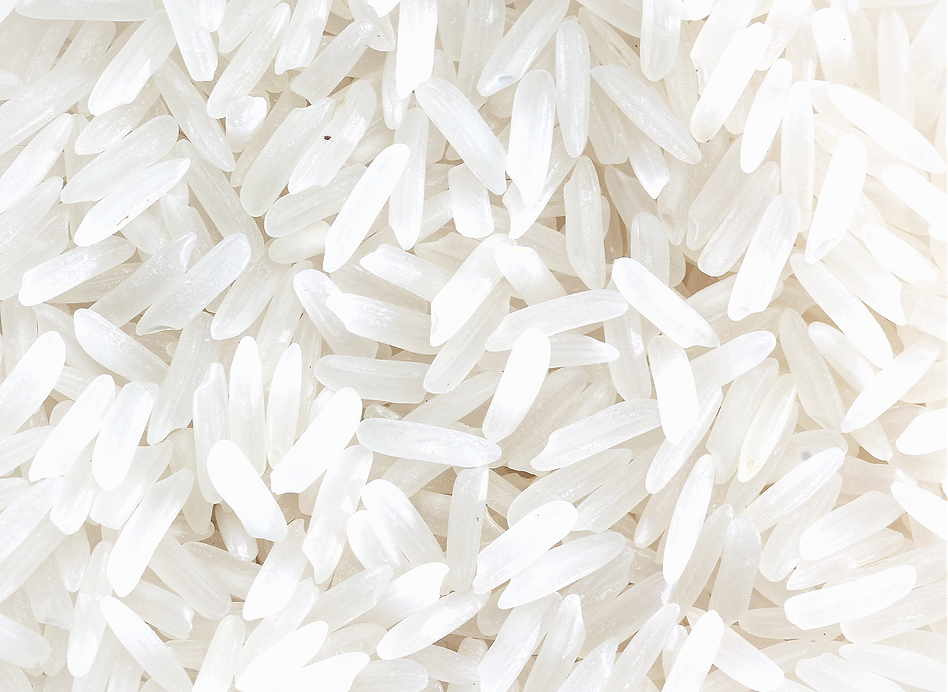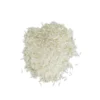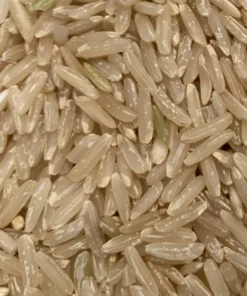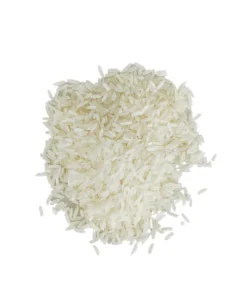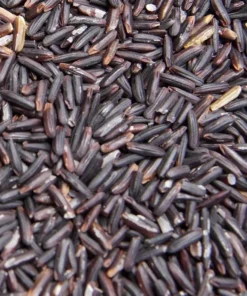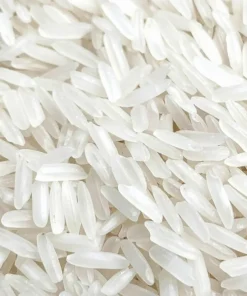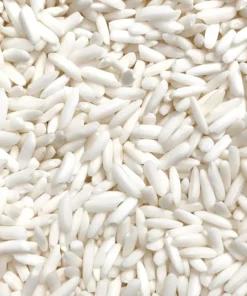The Origins and History of Jasmine Rice
Jasmine rice has a rich history that dates back centuries. Originating in Thailand, this fragrant variety has been cultivated for generations in the lush, fertile plains of the country. The story of this rice is intertwined with Thai culture and tradition, making it more than just a food staple – it’s a national treasure.
The specific variety we know as jasmine rice was first cultivated in Thailand’s central plains, particularly in the Chao Phraya River delta. This region’s unique combination of soil composition, climate, and traditional farming practices contributed to the development of jasmine rice’s distinctive characteristics. Over time, Thai farmers carefully selected and bred the best plants, refining the variety to enhance its aromatic qualities and cooking properties.
Interestingly, j rice didn’t gain international recognition until the 20th century. As global trade expanded and culinary horizons broadened, this fragrant rice began to capture attention beyond Thailand’s borders. Today, while Thailand remains the primary producer and exporter of jasmine rice, it’s also cultivated in other parts of Southeast Asia and even in the United States, though purists often argue that the Thai-grown variety remains superior.
Nutritional Benefits of Jasmine white Rice
As someone who believes in the importance of a balanced diet, I’ve always been interested in the nutritional profile of the foods I consume. Jasmine rice, while primarily a source of carbohydrates, offers several nutritional benefits that make it a valuable addition to a healthy diet.
First and foremost, jasmine rice is an excellent source of energy. Its complex carbohydrates provide a steady release of glucose into the bloodstream, helping to maintain stable energy levels throughout the day. This makes it an ideal food for athletes or anyone with an active lifestyle.
Additionally, jasmine rice contains essential vitamins and minerals, including:
- Thiamine (Vitamin B1)
- Niacin (Vitamin B3)
- Iron
- Folate
- Selenium
While white jasmine rise undergoes milling that removes some nutrients, it’s often enriched to replace these lost vitamins and minerals. Brown jasmine rice, on the other hand, retains its bran layer and is naturally higher in fiber, vitamins, and minerals.
Here’s a comparison of the nutritional content of white and brown jasmine rice per 1 cup (158g) cooked serving:
| Nutrient | White Jasmine Rice | Brown Jasmine Rice |
|---|---|---|
| Calories | 205 | 216 |
| Carbohydrates | 45g | 45g |
| Protein | 4g | 5g |
| Fiber | 0.6g | 3.5g |
| Iron | 2% DV | 6% DV |
| Thiamine | 12% DV | 12% DV |
It’s worth noting that jasmine rice is naturally gluten-free, making it a suitable option for those with celiac disease or gluten sensitivity. However, it’s always important to check packaging for potential cross-contamination if you have severe gluten allergies.
How to Choose the Best Quality Jasmine Rice
Selecting high-quality jasmine rice is crucial for achieving the best results in your cooking. As someone who has experimented with various brands and sources, I’ve developed a keen eye for identifying superior jasmine rice. Here are some tips to help you make the best choice:
- Origin: Authentic Thai jasmine rice is often considered the gold standard. Look for labels that indicate the rice is from Thailand, particularly from the central plains region.
- Aroma: Even in its uncooked state, good jasmine rice should have a noticeable floral scent. If possible, give the rice a sniff before purchasing – a strong, pleasant aroma is a good indicator of quality.
- Appearance: High-quality jasmine rice grains should be long, slender, and have a slightly translucent appearance. Avoid rice with a large number of broken grains or impurities.
- Age: Freshness matters with jasmine rice. Look for rice that has been harvested within the last year. Some premium brands will include a harvest date on the packaging.
- Certifications: Look for certifications like the Thai Hom Mali mark, which indicates that the rice meets strict quality standards set by the Thai government.
- Brand Reputation: While not foolproof, choosing rice from reputable brands known for their quality can be a good starting point.
- Packaging: Opt for rice packaged in airtight containers or vacuum-sealed bags to ensure freshness and prevent exposure to moisture or pests.
When shopping for jasmine rice, don’t be afraid to invest a little more for higher quality. The difference in taste and texture can be significant, elevating your entire meal. Remember, a little goes a long way with jasmine rice, so even premium varieties can be an economical choice in the long run.
Cooking Techniques for Perfect Jasmine Rice Every Time
Mastering the art of cooking jasmine rice is essential to fully appreciate its delicate flavor and texture. Over the years, I’ve honed my technique to consistently achieve fluffy, fragrant rice. Here’s my step-by-step guide to cooking perfect jasmine rice:
- Rinse the rice: Start by rinsing the rice in cold water until the water runs clear. This removes excess starch and prevents the rice from becoming too sticky.
- Measure the water: Use a 1:1.25 ratio of rice to water. For example, 1 cup of rice would require 1 1/4 cups of water.
- Soak (optional): For even fluffier rice, soak it for 20-30 minutes before cooking. This step isn’t necessary but can improve the texture.
- Cooking method: You can cook jasmine rice on the stove top, in a rice cooker, or even in an Instant Pot. Here’s the stove top method:
- Bring the water to a boil in a saucepan.
- Add the rice and a pinch of salt.
- Stir once, then reduce heat to the lowest setting and cover tightly.
- Cook for 18-20 minutes without lifting the lid.
- Remove from heat and let it sit, covered, for 5-10 minutes.
- Fluff with a fork before serving.
- Flavor additions: While jasmine rice is delicious on its own, you can enhance it with additions like:
- A few kaffir lime leaves added during cooking
- A splash of coconut milk in place of some of the water
- A knob of butter and a squeeze of lemon juice after cooking
- Troubleshooting:
- If your rice is too sticky, you may have used too much water or not rinsed it enough.
- If it’s too dry, you may need to add a bit more water next time or check that your pot lid fits tightly.
Remember, cooking perfect jasmine rice takes practice. Don’t be discouraged if your first attempts aren’t perfect – with time, you’ll develop an intuitive understanding of how to achieve the ideal texture and flavor.
Jasmine Rice vs. Other Rice Varieties: A Comparison
As a rice enthusiast, I’ve had the pleasure of exploring various rice varieties from around the world. While each type has its unique characteristics, jasmine rice stands out for several reasons. Let’s compare jasmine rice to some other popular varieties:
- Basmati Rice:
- Origin: India and Pakistan
- Aroma: Nutty and popcorn-like
- Texture: Long, separate grains; fluffy when cooked
- Best for: Indian and Middle Eastern cuisines
Jasmine rice has a more floral aroma and slightly stickier texture compared to basmati.
- Arborio Rice:
- Origin: Italy
- Aroma: Mild
- Texture: Short, plump grains; creamy when cooked
- Best for: Risotto and other creamy dishes
Unlike arborio, jasmine rice isn’t ideal for dishes that require a creamy consistency.
- Sushi Rice:
- Origin: Japan
- Aroma: Mild
- Texture: Short, sticky grains
- Best for: Sushi and Japanese cuisine
Jasmine rice is less sticky than sushi rice and has a more pronounced flavor.
- Long-Grain White Rice:
- Origin: Various
- Aroma: Neutral
- Texture: Separate, fluffy grains
- Best for: All-purpose use
Jasmine rice offers more flavor and aroma compared to standard long-grain rice.
- Wild Rice:
- Origin: North America
- Aroma: Earthy
- Texture: Chewy with a split appearance when cooked
- Best for: Salads, pilafs, and as a side dish
Jasmine rice cooks faster and has a softer texture than wild rice.
Here’s a quick comparison table:
| Rice Type | Aroma | Texture | Best Uses |
|---|---|---|---|
| Jasmine | Floral | Soft, slightly sticky | Southeast Asian cuisine, all-purpose |
| Basmati | Nutty | Fluffy, separate grains | Indian and Middle Eastern cuisine |
| Arborio | Mild | Creamy | Risotto, rice pudding |
| Sushi | Mild | Very sticky | Sushi, Japanese dishes |
| Long-Grain White | Neutral | Fluffy, separate | All-purpose |
| Wild Rice | Earthy | Chewy | Salads, pilafs |
While each rice variety has its place in the culinary world, jasmine rice’s unique combination of fragrance, texture, and versatility makes it a standout choice for many dishes.
Is Jasmine Rice Gluten-Free?
One of the most common questions we have encounter about jasmine rice is whether it’s gluten-free. The answer is a resounding yes! Jasmine rice, like all varieties of rice, is naturally gluten-free. This makes it an excellent choice for those with celiac disease, gluten sensitivities, or anyone following a gluten-free diet.
It’s important to note, however, that while jasmine rice itself doesn’t contain gluten, cross-contamination can occur during processing or packaging. For those with severe gluten sensitivities, I recommend choosing jasmine rice brands that explicitly state their products are gluten-free and processed in dedicated gluten-free facilities.
Incorporating jasmine rice into a gluten-free diet can add variety and flavor to meals. Its aromatic qualities and versatility make it a welcome alternative to other gluten-free grains, enhancing both the taste and texture of gluten-free dishes.
Where to Buy Premium Jasmine Rice
Finding high-quality jasmine rice is easier than ever, thanks to the growing popularity of international cuisines and the expansion of global trade. As someone who values quality ingredients, I’ve explored various sources for premium jasmine rice. Here are some of the best places to find top-notch jasmine rice:
- Asian Specialty Stores: These shops often carry a wide variety of rice, including premium jasmine rice brands from Thailand and other Southeast Asian countries. They’re a great place to find authentic, high-quality products.
- Farmers’ Markets: Some local farmers have started growing jasmine rice in the United States. While it may not be identical to Thai-grown varieties, it can be an excellent fresh, local option.
- Online Retailers: E-commerce platforms like Amazon, Thrive Market, or specialty food websites offer a wide selection of jasmine rice brands, often with customer reviews to help guide your choice.
- Gourmet Food Shops: These stores frequently stock premium rice varieties, including high-end jasmine rice brands.
- Direct from Producers: Some rice farms and cooperatives and companies like us, sell their products directly to consumers through their websites, offering unique varieties and ensuring freshness.
When purchasing jasmine rice, consider buying in larger quantities if you use it frequently. Properly stored, jasmine rice can last for months, and buying in bulk often offers better value. However, ensure you can store it properly to maintain its quality.
Ready to elevate your culinary creations with premium jasmine rice? Don’t settle for ordinary when you can experience the aromatic delight of authentic Thai jasmine rice. Visit our online store today to explore our selection of high-quality jasmine rice varieties, sourced directly from the finest producers in Thailand. Your taste buds will thank you!
Storing and Preserving Jasmine Rice for Longevity
Proper storage is crucial to maintain the quality and extend the shelf life of jasmine rice. As someone who always keeps a good supply on hand, I’ve learned some effective methods for storing and preserving this aromatic grain. Here are my top tips:
- Choose the right container: Store jasmine rice in an airtight container to protect it from moisture and pests. Glass jars, food-grade plastic containers, or even vacuum-sealed bags work well.
- Keep it cool and dry: Store your rice in a cool, dry place away from direct sunlight. A pantry or kitchen cupboard is ideal.
- Avoid refrigeration: Contrary to popular belief, storing rice in the refrigerator can actually introduce moisture and affect its quality. Room temperature storage is best for dry, uncooked rice.
- Consider oxygen absorbers: For long-term storage, using oxygen absorbers can help prevent oxidation and extend shelf life.
- Label and date: Always label your rice containers with the purchase or storage date to keep track of freshness.
- Freeze for extended storage: If you want to store jasmine rice for very long periods (over a year), freezing is an option. Place the rice in airtight freezer bags, removing as much air as possible.
- Check regularly: Periodically inspect your stored rice for any signs of moisture, mold, or pests.
- Use within a reasonable time frame: While properly stored white jasmine rice can last up to 2 years, it’s best to use it within 6-12 months for optimal flavor and aroma. Brown jasmine rice has a shorter shelf life due to its oils and should be used within 3-6 months.
- Store cooked rice safely: If you have leftover cooked jasmine rice, refrigerate it within an hour of cooking and consume within 3-4 days. For longer storage, you can freeze cooked rice for up to 6 months.
By following these storage guidelines, you can ensure that your jasmine rice maintains its delightful fragrance and flavor, ready to enhance your meals whenever you need it.
Conclusion: Embracing the Aromatic Allure of Jasmine Rice
What sets this rice apart is not just its fragrance or its slightly sticky texture, but the way it can transform a meal from ordinary to extraordinary. Whether you’re preparing a traditional Thai curry, experimenting with fusion cuisine, or simply looking for a fragrant side dish to complement your main course, jasmine rice rises to the occasion.
I encourage you to embrace the aromatic allure of jasmine rice in your own kitchen. Experiment with different dishes, try both white and brown varieties, and don’t be afraid to let its unique characteristics shine. With jasmine rice in your culinary arsenal, you’re well-equipped to create meals that not only nourish the body but also delight the senses.
Remember, cooking is an adventure, and jasmine rice is your fragrant companion on this journey. So go ahead, pick up some premium jasmine rice, and let your culinary creativity soar. Your taste buds – and your dinner guests – will thank you.

